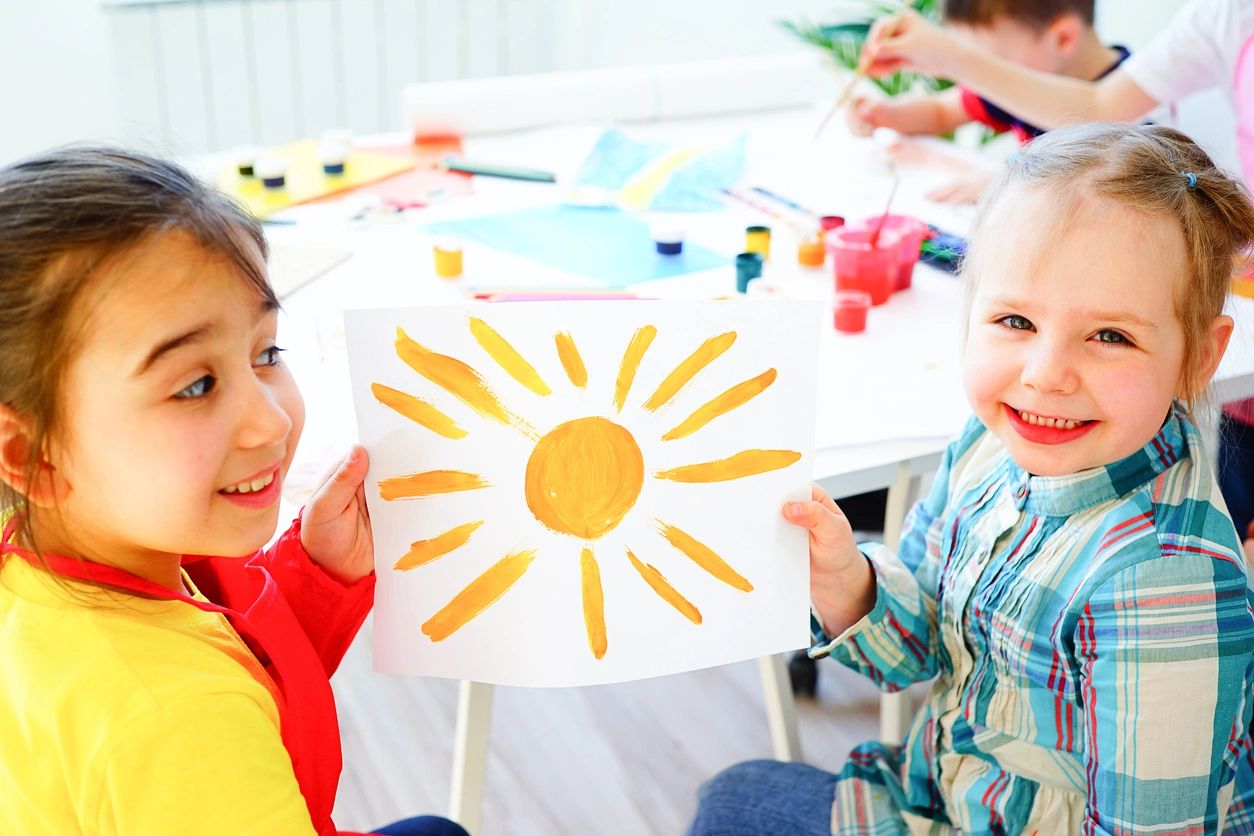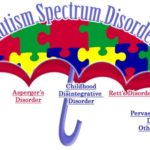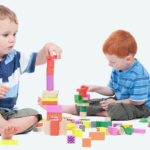WEBSITES
You and your child do not have to face the struggles of ADHD alone. Visit the following websites for more information and support from parents like you.
Find help from around the country or in your community.
ADHD
- www.CHADD.org – Children and Adults with Attention Deficit/ Hyperactivity Disorder (CHADD) is an organization that provides support and education for those with ADHD
- www.ADHDNews.com – ADHDNews.com is an ADHD support community for parents and families looking for help with ADHD
- www.NIH.gov – National Institute of Health (NIH), part of the US Department of Health and Human Services, has an online resource with helpful information about ADHD
- www.help4adhd.org
- www.add.org
- www.addwarehouse.com
- www.parentsmedguide.org
- www.pcit.org
LD
- www.LDAnanatl.org – The Learning Disability Association of America (LDA) has been providing support to people with learning disabilities, their parents, their teachers and other professional since 1963
- www.LD.org –The National Center for Learning Disabilities work to ensure the children, teens and adults with learning disabilities succeed in school work and life.
- www.CEC.sped.org – The Council for Exceptional Children (CEC) is dedicated to improving the educational success with learning disabilities by guiding public policy
- www.understood.org
Parenting Skills
Tips for toddlers:
Tantrums:
Super Nanny:
Tantrums
Parenting tips
Pre-school - Positive guidance:
Promote confidence:
RESOURCE HANDOUT FOR PARENTS OF A CHILD WITH AN ASD
RESOURCE
Organization for Autism Research (OAR)
http://researchautism.org
Autism Society of America
http://autism-society.org
Future Horizons
http://www.fhautism.com
Wrightslaw
http://wrightslaw.com
HELPFUL MATERIALS
Free downloadable 100 Day Kit is the definitive resource for families of children with newly diagnosed ASD
Online publications
- An Educator’s Guide to Autism for parents, teachers and other professionals teaching a child with autism in the educational setting
- Parent’s Guide to Assessment
- Online quarterly journal Autism Advocate
- Annual national conference on autism
- Links to local chapters for families are particularly helpful
- Online articles to help families understand the special education process
- Books, CD’/DVD’s, digital media through Harbor House Law Press
- Yellow Pages for Kids provides contact information for local resources
Activities to Encourage Speech and Language Development

Birth to 2 Years
- Encourage your baby to make vowel-like and consonant-vowel sounds such as "ma," "da," and "ba."
- Reinforce attempts by maintaining eye contact, responding with speech, and imitating vocalizations using different patterns and emphasis. For example, raise the pitch of your voice to indicate a question.
- Imitate your baby's laughter and facial expressions.
- Teach your baby to imitate your actions, including clapping you hands, throwing kisses, and playing finger games such as pat-a-cake, peek-a-boo, and the itsy-bitsy-spider.
- Talk as you bathe, feed, and dress your baby. Talk about what you are doing, where you are going, what you will do when you arrive, and who and what you will see.
- Identify colors.
- Count items.
- Use gestures such as waving goodbye to help convey meaning.
- Introduce animal sounds to associate a sound with a specific meaning: "The doggie says woof-woof."
- Acknowledge the attempt to communicate.
- Expand on single words your baby uses: "Here is Mama. Mama loves you. Where is baby? Here is baby."
- Read to your child. Sometimes "reading" is simply describing the pictures in a book without following the written words.
Choose books that are sturdy and have large colorful pictures that are not too detailed.
Ask your child, "What's this?" and encourage naming and pointing to familiar objects in the book.
2 to 4 Years
- Use good speech that is clear and simple for your child to model.
- Repeat what your child says indicating that you understand. Build and expand on what was said. "Want juice? I have juice. I have apple juice. Do you want apple juice?"
- Use baby talk only if needed to convey the message and when accompanied by the adult word. "It is time for din-din. We will have dinner now."
- Make a scrapbook of favorite or familiar things by cutting out pictures. Group them into categories, such as things to ride on, things to eat, things for dessert, fruits, things to play with. Create silly pictures by mixing and matching pictures.
Glue a picture of a dog behind the wheel of a car. Talk about what is wrong with the picture and ways to "fix" it. Count items pictured in the book. - Help your child understand and ask questions. Play the yes-no game. Ask questions such as "Are you a boy?" "Are you Marty?" "Can a pig fly?" Encourage your child to make up questions and try to fool you.
- Ask questions that require a choice. "Do you want an apple or an orange?" "Do you want to wear your red or blue shirt?"
- Expand vocabulary. Name body parts, and identify what you do with them. "This is my nose. I can smell flowers, brownies, popcorn, and soap."
- Sing simple songs and recite nursery rhymes to show the rhythm and pattern of speech.
- Place familiar objects in a container. Have your child remove the object and tell you what it is called and how to use it. "This is my ball. I bounce it. I play with it."
- Use photographs of familiar people and places, and retell what happened or make up a new story.
4 to 6 Years
- When your child starts a conversation, give your full attention whenever possible.
- Make sure that you have your child's attention before you speak.
- Acknowledge, encourage, and praise all attempts to speak. Show that you understand the word or phrase by fulfilling the request, if appropriate.
- Pause after speaking. This gives your child a chance to continue the conversation.
- Continue to build vocabulary. Introduce a new word and offer its definition, or use it in a context that is easily understood. This may be done in an exaggerated, humorous manner. "I think I will drive the vehicle to the store. I am too tired to walk."
- Talk about spatial relationships (first, middle, and last; right and left) and opposites (up and down; on and off).
- Offer a description or clues, and have your child identify what you are describing: "We use it to sweep the floor" (a broom). "It is cold, sweet, and good for dessert. I like strawberry" (ice cream).
- Work on forming and explaining categories. Identify the thing that does not belong in a group of similar objects: "A shoe does not belong with an apple and an orange because you can't eat it; it is not round; it is not a fruit."
- Help your child follow two- and three-step directions: "Go to your room, and bring me your book."
- Encourage your child to give directions. Follow his or her directions as he or she explains how to build a tower of blocks.
- Play games with your child such as "house." Exchange roles in the family, with your pretending to be the child. Talk about the different rooms and furnishings in the house.
- The television also can serve as a valuable tool. Talk about what the child is watching. Have him or her guess what might happen next. Talk about the characters. Are they happy or sad? Ask your child to tell you what has happened in the story. Act out a scene together, and make up a different ending.
- Take advantage of daily activities. For example, while in the kitchen, encourage your child to name the utensils needed. Discuss the foods on the menu, their color, texture, and taste. Where does the food come from? Which foods do you like? Which do you dislike? Who will clean up? Emphasize the use of prepositions by asking him or her to put the napkin on the table, in your lap, or under the spoon. Identify who the napkin belongs to: "It is my napkin." "It is Daddy's." "It is John's."
- While shopping for groceries, discuss what you will buy, how many you need, and what you will make. Discuss the size (large or small), shape (long, round, square), and weight (heavy or light) of the packages.


